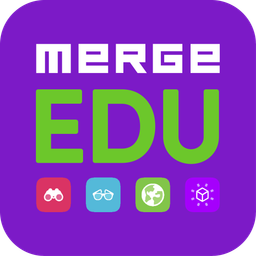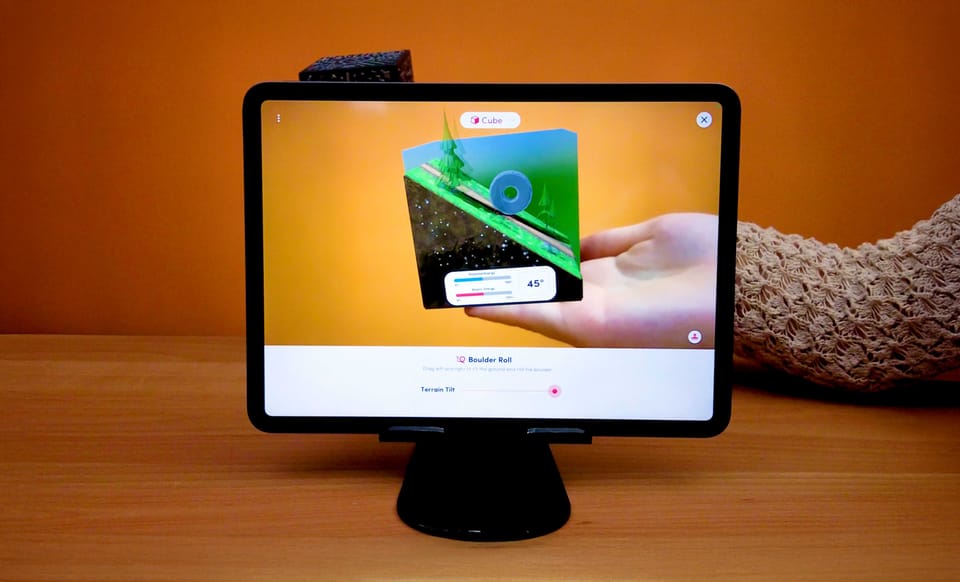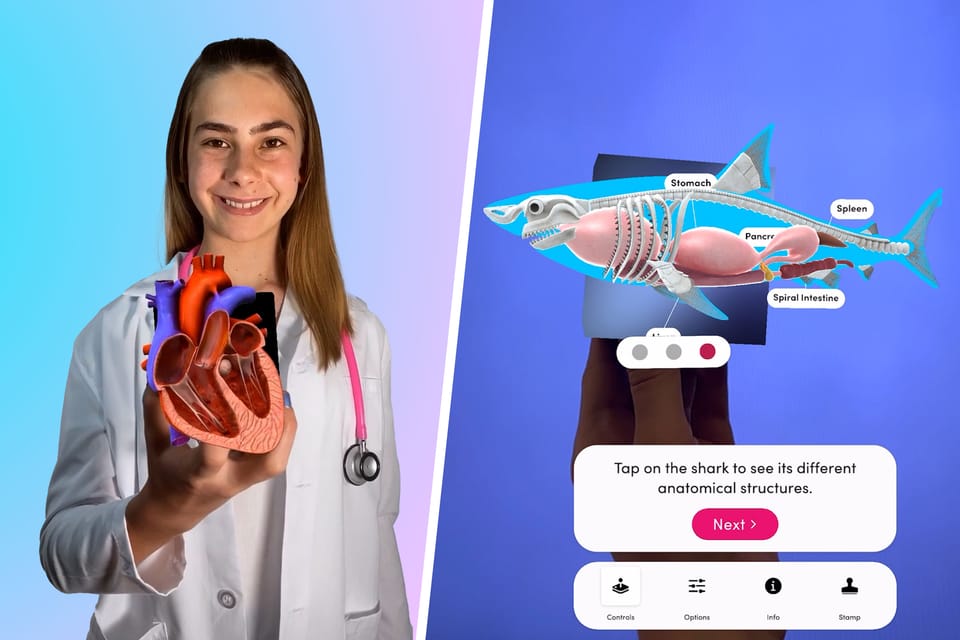Funding 101: How to Bring Merge EDU to Your Classroom
With clarity, persistence, and a little creativity, you can secure the resources to put the power of hands-on augmented reality directly into your students’ hands.
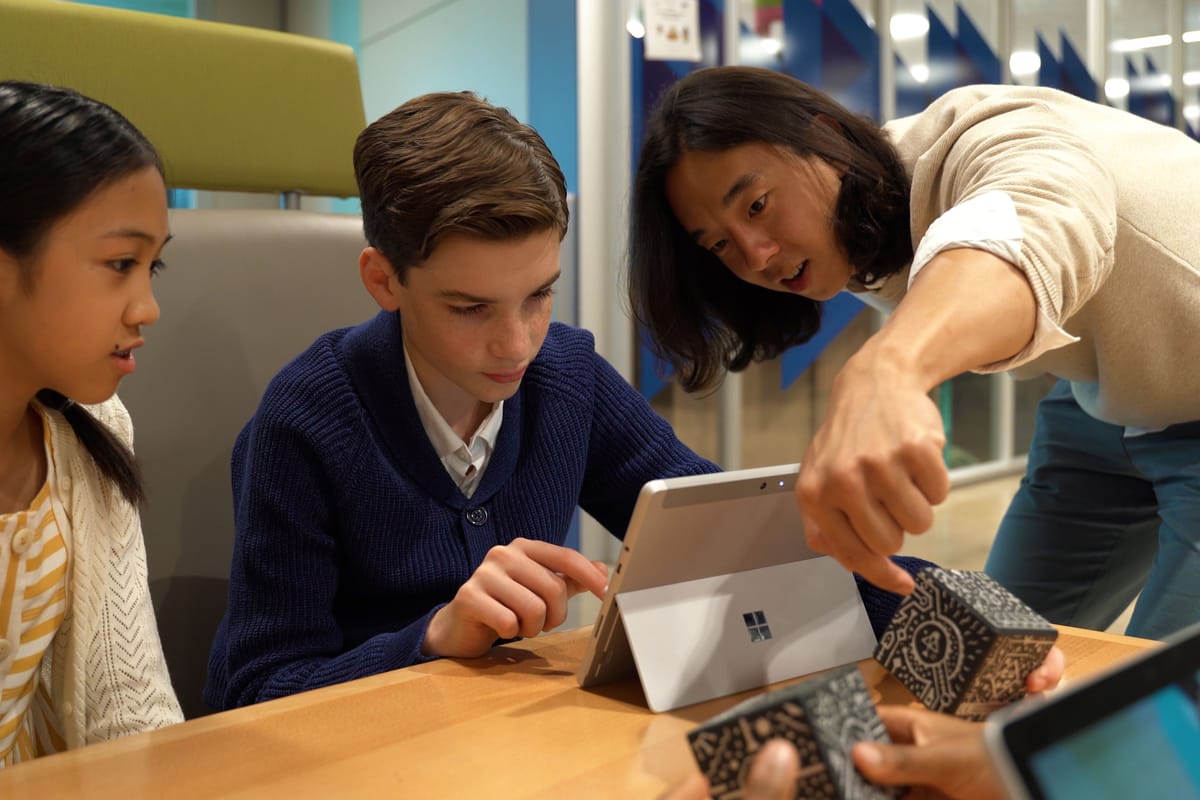
You’ve discovered Merge EDU—a powerful way for students to hold and explore science simulations and digital 3D objects in the palm of their hand. But as with many exciting classroom resources, the next question comes quickly: How do I fund this for my students?
The good news: there are many ways to make Merge EDU possible, from using your school budget to tapping into community partners or leveraging crowdfunding campaigns. With a little preparation and persistence, you can find the path that works for you.
Step 1: Clarify Your Why
Before you ask anyone for funding, take time to answer the same questions potential funders will ask you:
- Why do you want this resource? Maybe you’ve noticed gaps in STEM engagement or test scores that Merge EDU can address.
- What is the real need? The need isn’t just “lack of money”—it’s the deficiency you’re trying to solve, like limited access to hands-on STEM learning.
- What’s your plan? How will you implement Merge EDU—full adoption or phased rollout?
- What’s your budget? Know the costs per student, itemized purchases, and sustainability plan.
- How will you measure success? Think about both numbers (skills growth, test results) and student engagement (participation, excitement, curiosity).
💡 Tip: Try creating a short 1–2 minute video with your students demonstrating Merge EDU. Funders love to see the impact directly from learners.
Step 2: Explore Your Funding Options
Here are the three quickest routes to get started, plus one long-term option:
1. Your School or District Budget
Your local budget is often the fastest route. Principals, curriculum directors, STEM coordinators, librarians, and technology specialists may have access to funds already set aside for enrichment tools.
How to ask:
- Begin with an informal conversation, then follow up with a short email summarizing your request (your why, plan, and budget).
- Emphasize how Merge EDU aligns with NGSS and state standards, supports differentiated learning, and saves teachers time with ready-to-use activity plans.
- If funds aren’t available, thank them and ask to be connected to other potential sources.
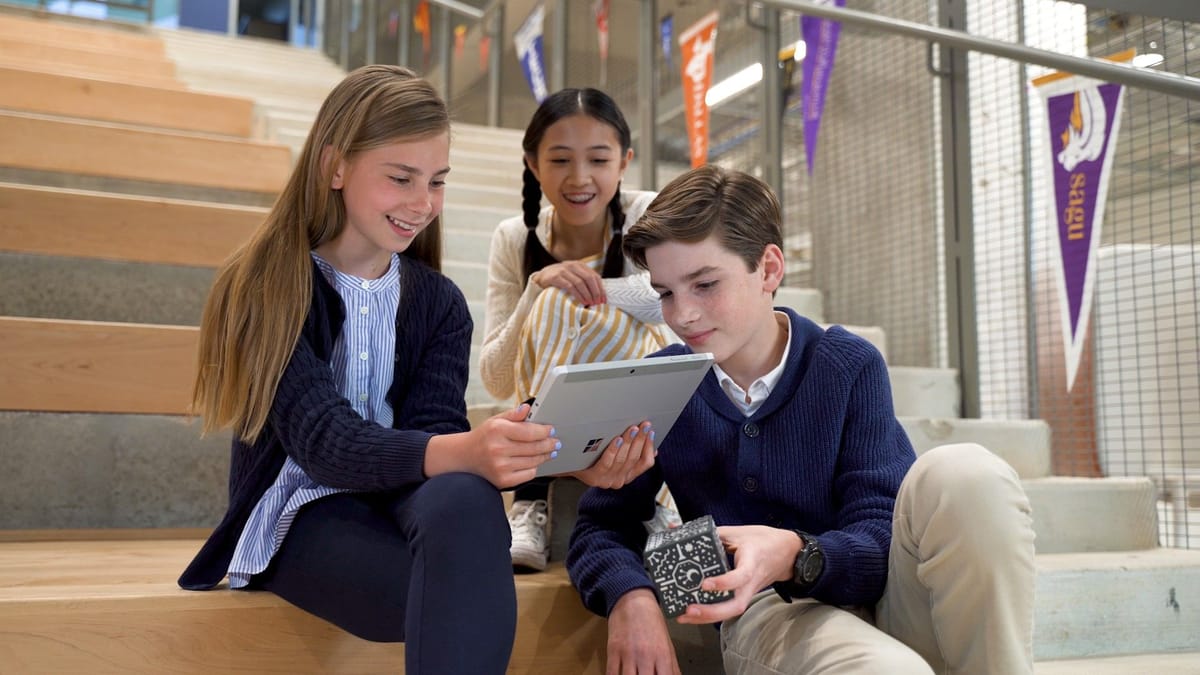
2. Community Resources
When local budgets are tight, look to your PTA, school foundation, and community partners. Civic groups (Rotary, Lions Club, Kiwanis), local businesses, and corporate foundations often sponsor classroom projects.
Well-known companies like Walmart, Target, Toyota, and Lockheed Martin have community grant programs that align with STEM education.
How to ask:
- Request a short meeting or presentation opportunity.
- Bring students with you, or include a live demo of the Merge Cube—nothing beats seeing the technology in action.
- Follow up with a written proposal and thank-you note.
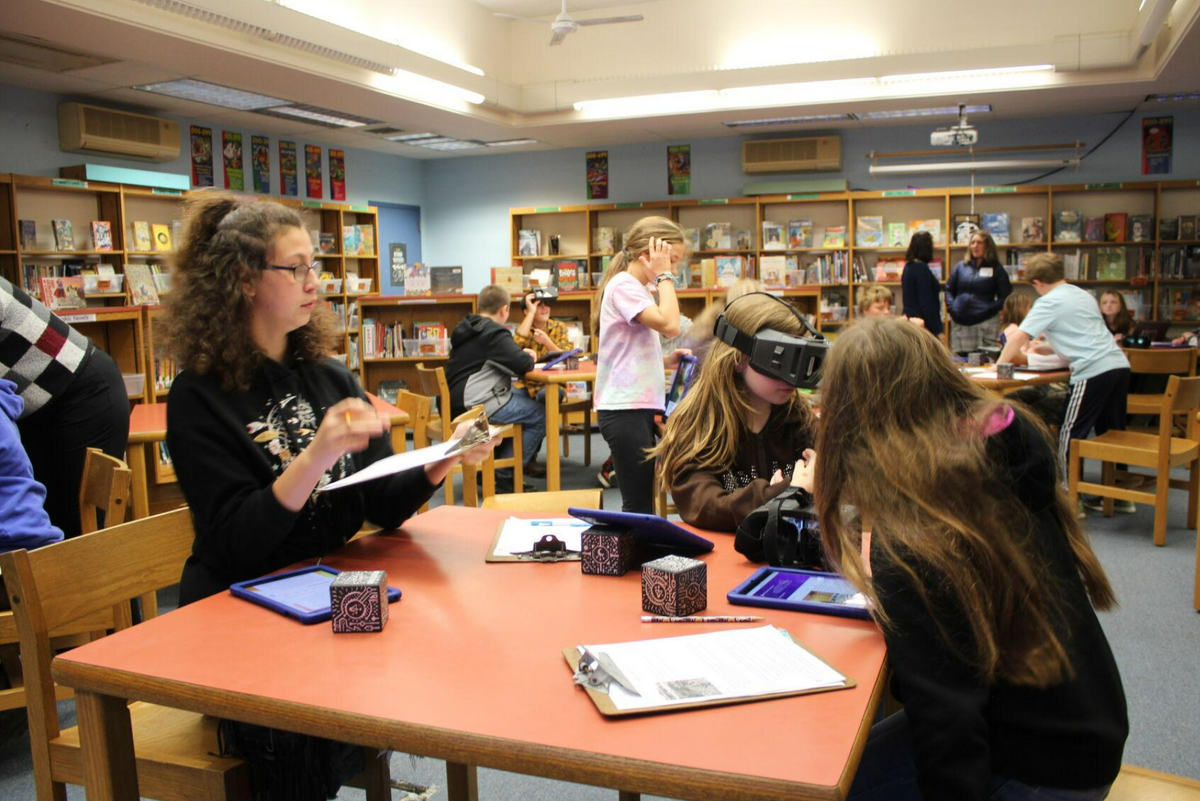
3. Crowdfunding
Crowdfunding is a popular and proven tool for teachers. Platforms like DonorsChoose.org, AdoptAClassroom.org, and GoFundMe allow you to tell your story and connect directly with donors.
Tips for success:
- Make your project page personal—share who your students are and what they’ll gain.
- Show photos and short videos of students learning with Merge EDU.
- Break down the cost per student so donors see their impact.
Many teachers are surprised at how quickly projects get funded when they share compelling stories.
4. Grants (Longer-Term)
If your classroom needs larger-scale support, consider local, state, federal, or foundation grants. While these take more work—structured proposals, SMART goals, detailed budgets—they can fund entire school or district implementations.
Helpful resources include:
- Grants.gov for PK–12 federal education grants.
- The U.S. Department of Education’s Office of Educational Technology for EdTech-specific streams.
- Merge EDU’s own Funding Resources page, which curates grant links and tools for teachers.
💡 Tip: Team up with your district’s grant writer or administrator. Having support ensures your proposal is complete, polished, and aligned with district goals.
Step 3: Plan for Sustainability
Funders want to know their investment will last. Show that you’ve considered:
- How you’ll store and share Merge Cubes.
- How replacements and renewals will be budgeted.
- How Merge EDU will be integrated into your curriculum long-term.
By planning ahead, you reassure funders that their dollars will continue to make an impact for years to come.
Why the Effort is Worth It
Seeking funding for Merge EDU will provide your students access to hands-on experiences that spark curiosity and build critical STEM skills. With Merge EDU, students can:
- Visualize abstract concepts like atoms, weather systems, or ecosystems.
- Engage in multisensory, hands-on learning that sticks.
- Access STEM opportunities regardless of background or resources.
Every dollar invested is a step toward richer, more equitable learning for all students.
Start Your Funding Journey
Ready to bring Merge EDU into your classroom? Begin with a conversation at your school, reach out to your community, or launch a crowdfunding campaign. Each path can open the door to transformational learning.
Need more guidance? Explore our full Funding Resources for Merge EDU guide, or email us at sales@mergeedu.com for help.
With clarity, persistence, and a little creativity, you can secure the resources to put the power of hands-on augmented reality directly into your students’ hands.

